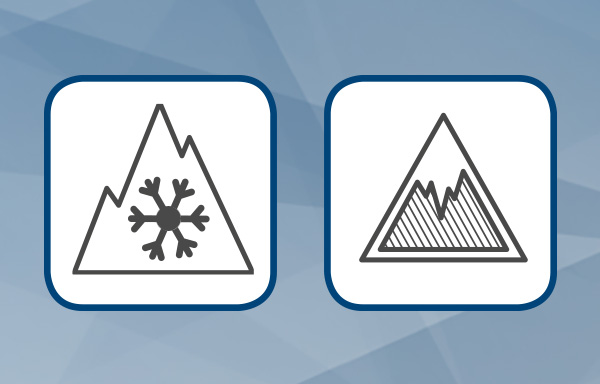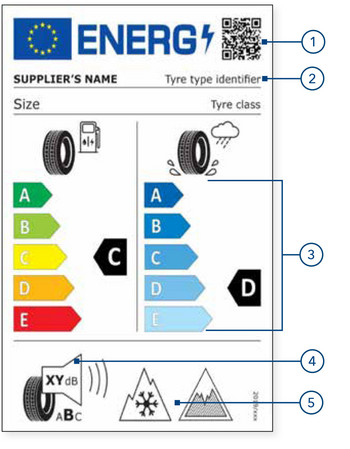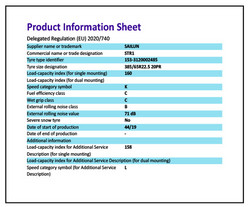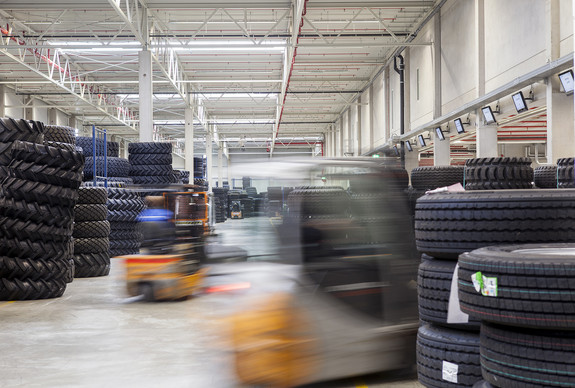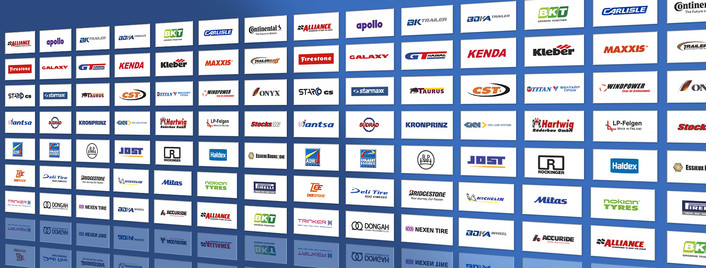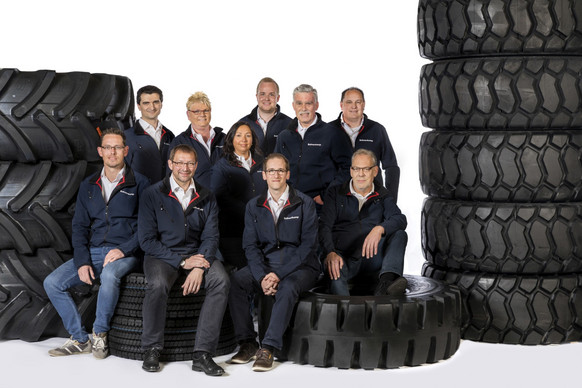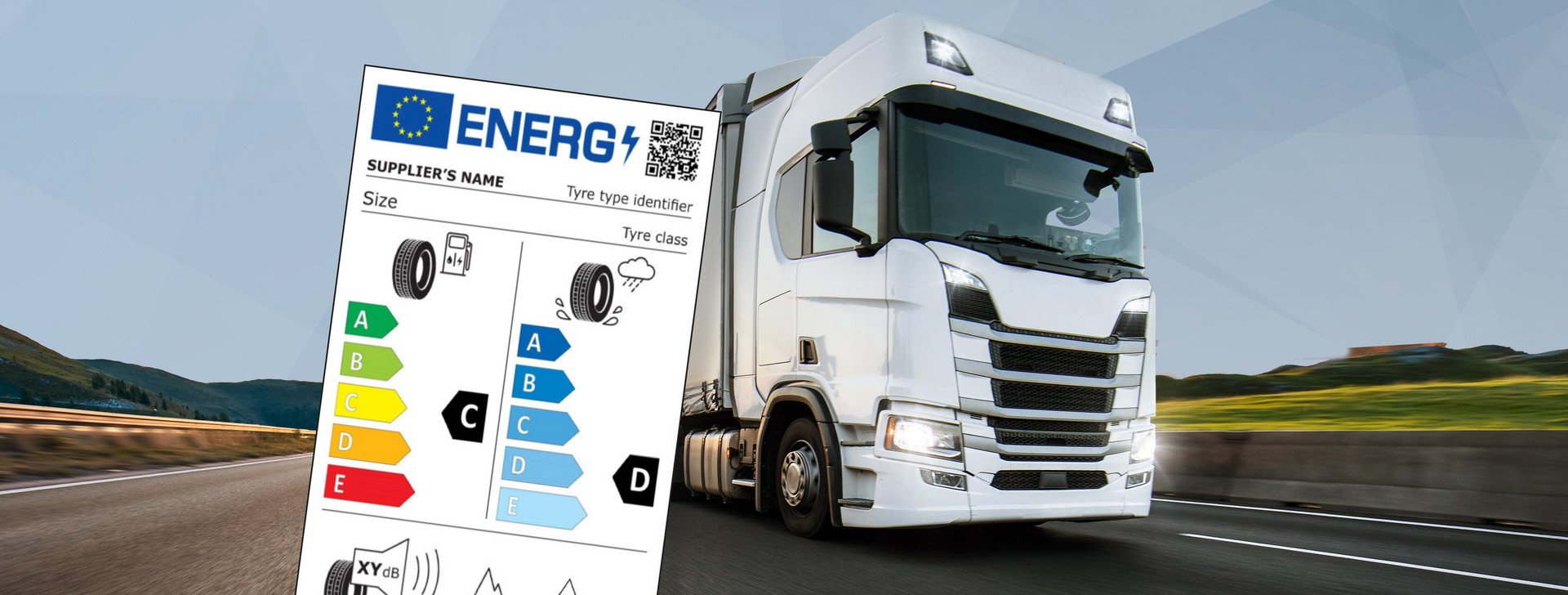
The new Tyre label
from 01 May 2021
The introduction of the EU label is intended to reduce vehicle emissions and thus contribute to climate neutrality 2050.
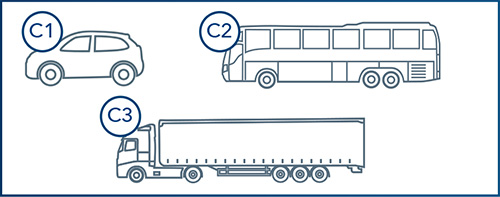
Is not required for tyres with speed of less than 80 Km/h
General declaration
To ensure a conscious consumer purchase decision, a new label is valid for tyres of category C1, C2 and C3* as from production date 01.05.2021, which contains comprehensive information on the ratings for rolling resistance, wet grip and the rolling noise. In addition, the individual tyre data can be retrieved from the EU database (EPREL) via a QR code, which is indicated on the new EU tyre label.
Rolling resistance
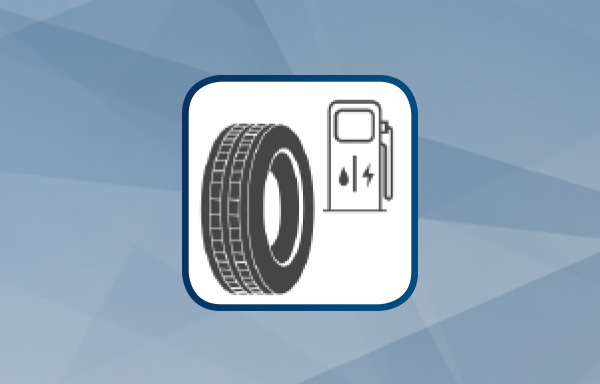
Classes from E to A
Fuel consumption depends on the tyres’ rolling resistance, the vehicle and the driving conditions. The rolling resistance is indicated in classes A (highest efficiency) to E (lowest efficiency). The difference between the most favourable class (A) and the least favourable class (E) is a reduction in consumption of 7.5%.
Wet grip
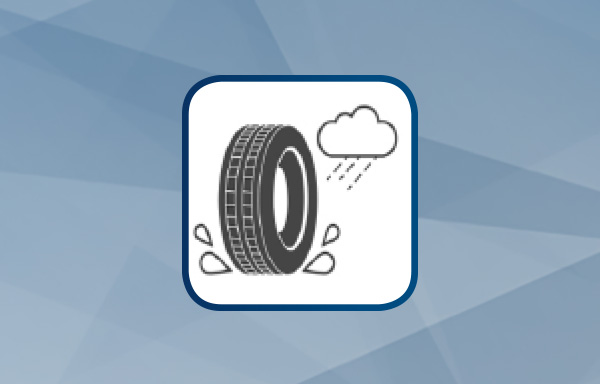
Classes from E to A
The braking performance of a tyre on a wet road is measured by the (ABS) braking distance or the maximum coefficient of friction between the tyre and the road and compared with the values of a reference tyre. Wet grip is also specified in classes A (shortest braking distance) and E (longest braking distance). With class A tyres, a shorter braking distance of up to 18 m can be achieved in comparison with class E tyres during full braking at 80 km/h.
Rolling noise
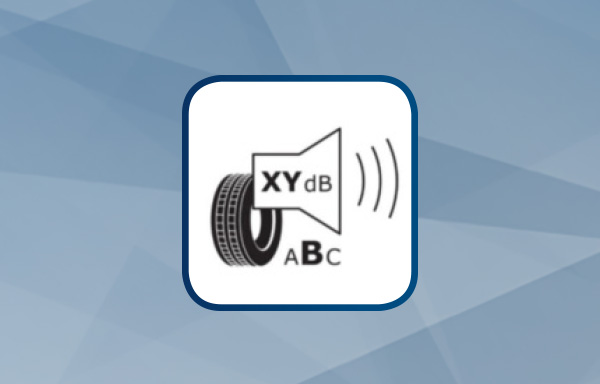
Classes from C to A
The tyre’s rolling noise is indicated in classes A (quietest tyre) and C (loudest tyre) and with a corresponding number of sound waves. The pictogram with the classification A indicates that the external rolling noise of the tyre is more than 3 dB below the EU limit value applicable until 2016. Classification B falls below or corresponds to the EU limit value of 3 dB applicable until 2016. Classification C exceeds the EU limit value of 3 dB applicable until 2016.
The new EU tyre label
- QR code redirects to EU product database
(EPREL) - Addition of the tyre type designation = Art. no.
- Rescaling of the lower label values
Label classes E and F become label class D.
Label class G merges to the label class E. The rolling resistance is indicated on the left side of the tyre label. Wet grip is indicated on the right side - ABC classification of noise classes instead of sound waves
The decibel value is still indicated - Representation of the pictograms
Indication of snow grip pictogram (3PMSF) and ice grip pictogram (only for tyres of class C1)
Tasks for you as a tyre dealer
Important:
Due to the transition period, tyres with the "old" EU tyre label will still be in circulation that were produced before 01 May 2021. These do not need to be re-stickered, as they are not affected by the regulation
At the point of sale (POS), the label must be placed on the tyre in a clearly visible position. The product information sheet must be available digitally and provided in printed form on request If you sell a tyre that forms part of a batch of several identical tyres, both the tyre label and the product data sheet must be available (digitally) and provided in printed form on request
In visual advertisements and any other promotional material for a specific type of tyre, the tyre label must be displayed digitally or in printed form. For example, if a tyre series is indicated by a tyre tread, it is sufficient to show the range between the tyre type with the worst and the best rating within the product family
Bohnenkamp moves logistics and transport
We supply dealers, truck, light truck and trailer manufacturers, machine manufacturers and workshops with tyres, wheels, rim and tubes for transport. Our day-to-day delivery promise for around 10,000 products and our know-how in the truck and transport sector are your guarantees for success.

